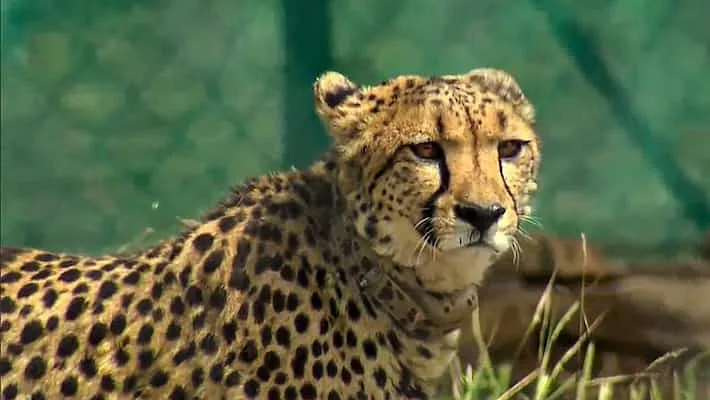Kuno was found to be suitable for cheetahs but their reintroduction will take a long time as it has to be seen whether the 12 to 15 cheetahs that are slated to arrive in the first phase later this year or early in 2022, are able to hunt and kill prey at Kuno, which happens to be a large enclosure
Kuno National Park in Madhya Pradesh has a reason to rejoice. In the next four to six months, it will be welcoming cheetahs from Namibia and South Africa, according to Union environment ministry officials. Cheetah was declared extinct in the country in 1952 and this move comes 74 years post them being killed in India.
The Supreme Court that in 2013, imposed a stay on introduction of African Cheetahs to Kuno on January 28, 2020, approved the introduction of the African Cheetah in India on an experimental basis.
Kuno was found to be suitable for cheetahs but their reintroduction will take a long time as it has to be seen whether the 12 to 15 cheetahs that are slated to arrive in the first phase later this year or early 2022, are able to hunt and kill prey at Kuno, which happens to be a large enclosure.
In the next five years 40 to 50 are likely to be reintroduced, SP Yadav, member secretary at the National Tiger Conservation Authority (NTCA), said.
Conservation of Nature (IUCN) says that the Asiatic Cheetah is endangered. In fact the Asiatic Cheetah only exists in Iran. The challenge is that both the Chinkara and Chital group size in Kuno are very small
The International Union for the Conservation of Nature (IUCN) approved this proposal according to Wildlife Trust of India. It was the Wildlife Institute of India that in collaboration with the Wildlife Trust of India assessed potential sites and in 2010 recommended Kuno Palpur Wildlife Sanctuary in Madhya Pradesh; Shahgarh landscape in Jaisalmer (Rajasthan); and Nauradehi Wildlife Sanctuary in Madhya Pradesh for introduction of the African Cheetah.
Cheetahs love to hunt for chital, chinkara and black bucks. Each cheetah needs 10 to 20 sq km area, much smaller area than that for a tiger, they do not attack humans and they prey mostly on small ungulates (hooved mammals).
Conservation of Nature (IUCN) says that the Asiatic Cheetah is endangered. In fact the Asiatic Cheetah only exists in Iran. The challenge is that both the Chinkara and Chital group size in Kuno are very small.
************************************************************************
Readers
These are extraordinary times. All of us have to rely on high-impact, trustworthy journalism. And this is especially true of the Indian Diaspora. Members of the Indian community overseas cannot be fed with inaccurate news.
Pravasi Samwad is a venture that has no shareholders. It is the result of an impassioned initiative of a handful of Indian journalists spread around the world. We have taken the small step forward with the pledge to provide news with accuracy, free from political and commercial influence. Our aim is to keep you, our readers, informed about developments at ‘home’ and across the world that affect you.
Please help us to keep our journalism independent and free.
In these difficult times, to run a news website requires finances. While every contribution, big or small, will makes a difference, we request our readers to put us in touch with advertisers worldwide. It will be a great help.
For more information: pravasisamwad00@gmail.com











